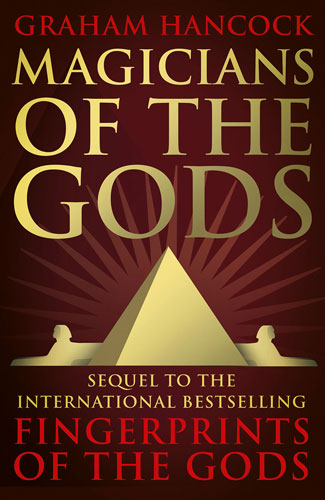News Desk
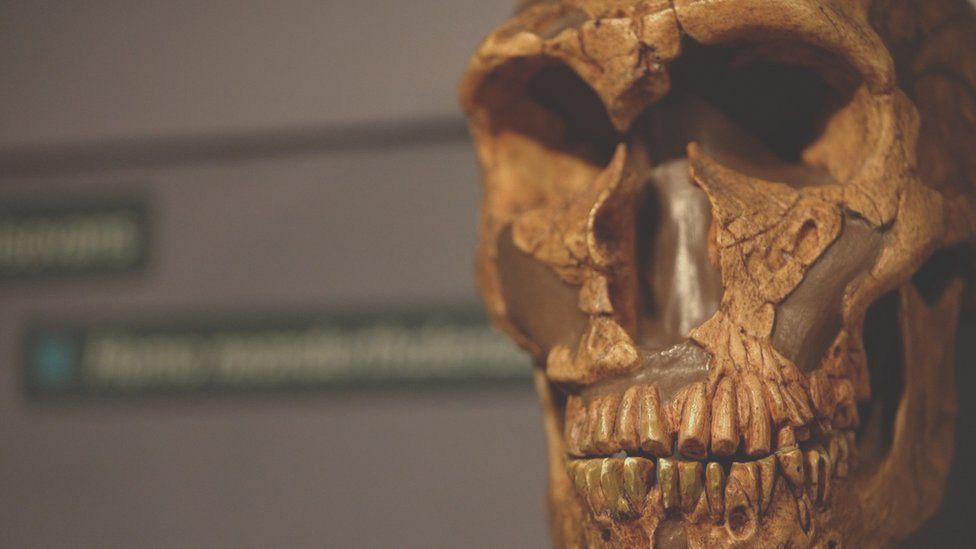
New fossils are challenging ideas that modern humans wiped out Neanderthals soon after arriving from Africa.

Experts think the violent blast incinerated Hopewell settlements in what is now Ohio.
Image from:File:Map of Muskingum County Ohio With Municipal and Township Labels.PNG (Wiki Commons)
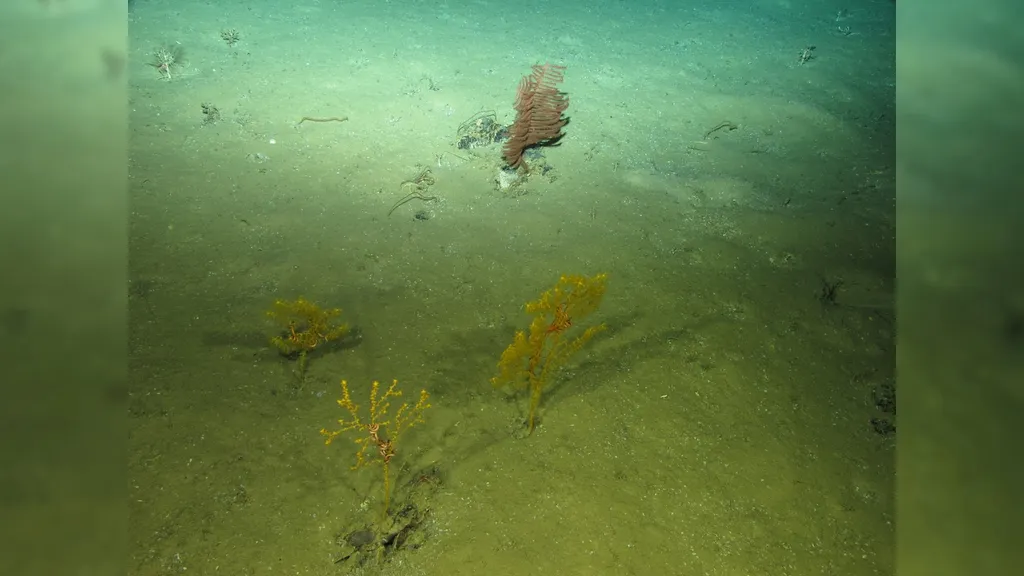
The deep-ocean floor is teeming with undiscovered life-forms that help to regulate Earth’s climate, a new study finds.

Once, there were giants. Mountain ranges that rivaled the Himalayas in height used to stretch thousands upon thousands of kilometers across the seams of merging supercontinents, billions of years in the past.
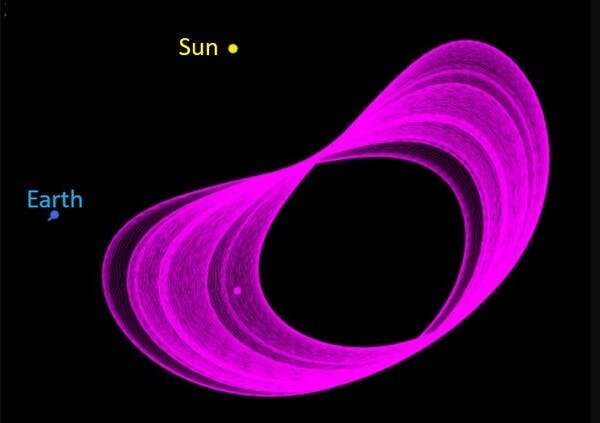
Research has shown that the Earth trails an asteroid barely a kilometer across in its orbit about the Sun—only the second such body to have ever been spotted. It goes round the Sun on average two months ahead of the Earth, dancing around in front like an excited herald of our coming.

An ancient temple dating from the early centuries of Buddhism has been unearthed in the Swat Valley in northern Pakistan — part of the ancient Gandhara region that was conquered by Alexander the Great and gave rise to a mixing of Buddhist belief and Greek art.

New research sheds light on the different types of subjective experiences produced by five different types of psychedelic substances. The study, published in Psychopharmacology, used computer algorithms to analyze thousands of anonymously published reports about the effects of psychedelic drugs.
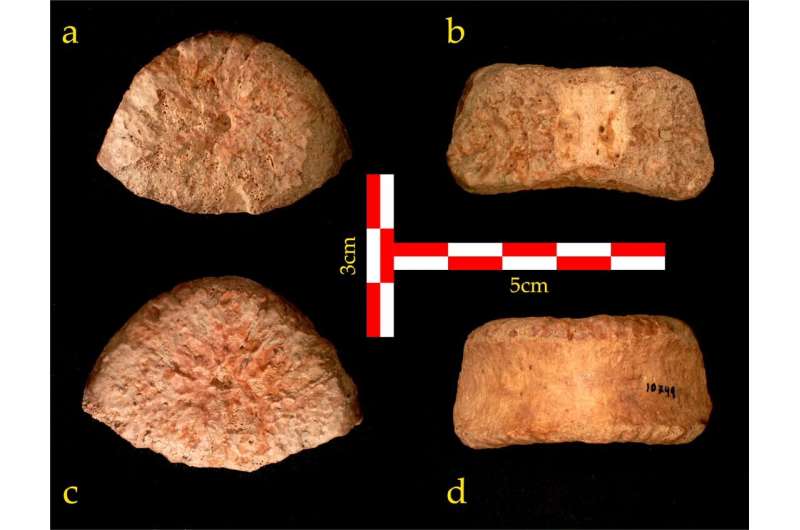
A new study led by researchers from Bar-Ilan University, Ono Academic College, The University of Tulsa and the Israel Antiquities Authority presents a 1.5 million-year-old human vertebra discovered in Israel’s Jordan Valley.

The venerable elders of a forest are hugely important to the diversity, fitness, and survival of the woodland as a whole, new research shows – and they bring with them a hardiness and experience in dealing with change, as well as a lifetime of ecological interactions preserved in their immediate surrounds..
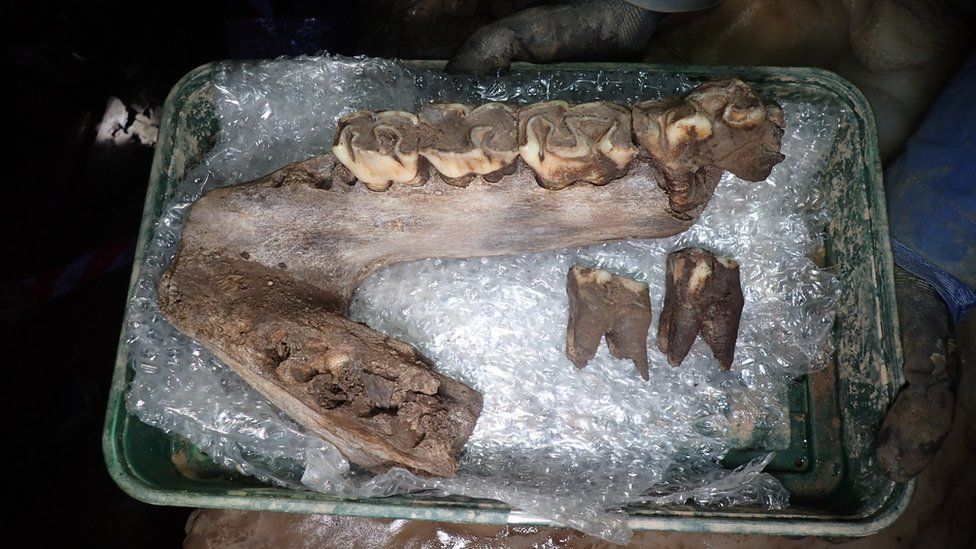
The remains of a woolly mammoth have been found among a host of hugely significant Ice Age animal remains in a cave in Devon, experts have said.

An extremely powerful solar storm pummeled our planet 9,200 years ago, leaving permanent scars on the ice buried deep below Greenland and Antarctica.

If you see the majestic stones on Salisbury Plain as an emblem of England, think again. A major new British Museum exhibition connects them to many points and cultures across Europe through 1,500 years of immigration
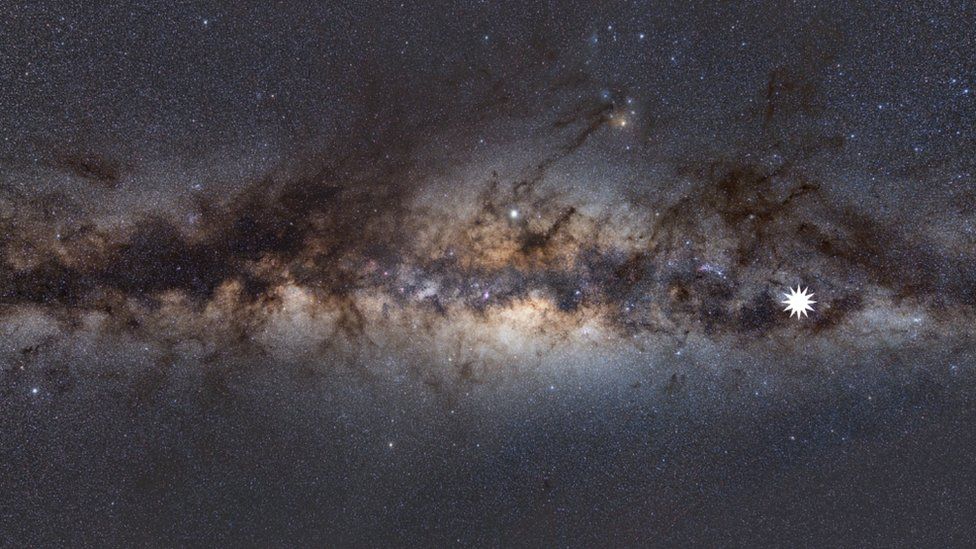
Australian scientists say they have discovered an unknown spinning object in the Milky Way that they claim is unlike anything seen before.

It’s been 27 years since geologist David Roberts identified some of the oldest footprints of our species ever discovered.

Our eyes are continuously bombarded by an enormous amount of visual information – millions of shapes, colors, and ever-changing motion all around us. For the brain, this is no easy feat.

For decades, scientists thought that being more carnivorous set our ancestors along their evolutionary path. New evidence casts doubt on this theory.
Image from Venison Steaks (Wiki Commons)








